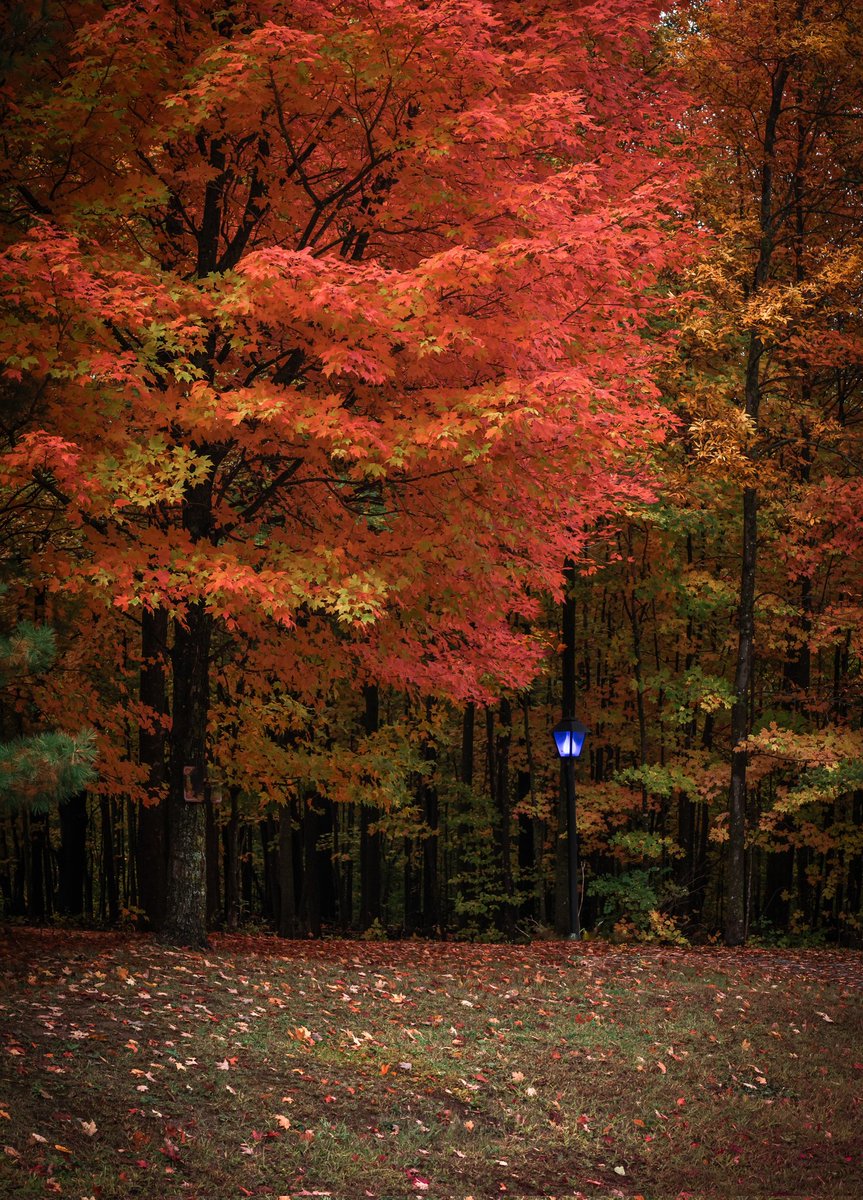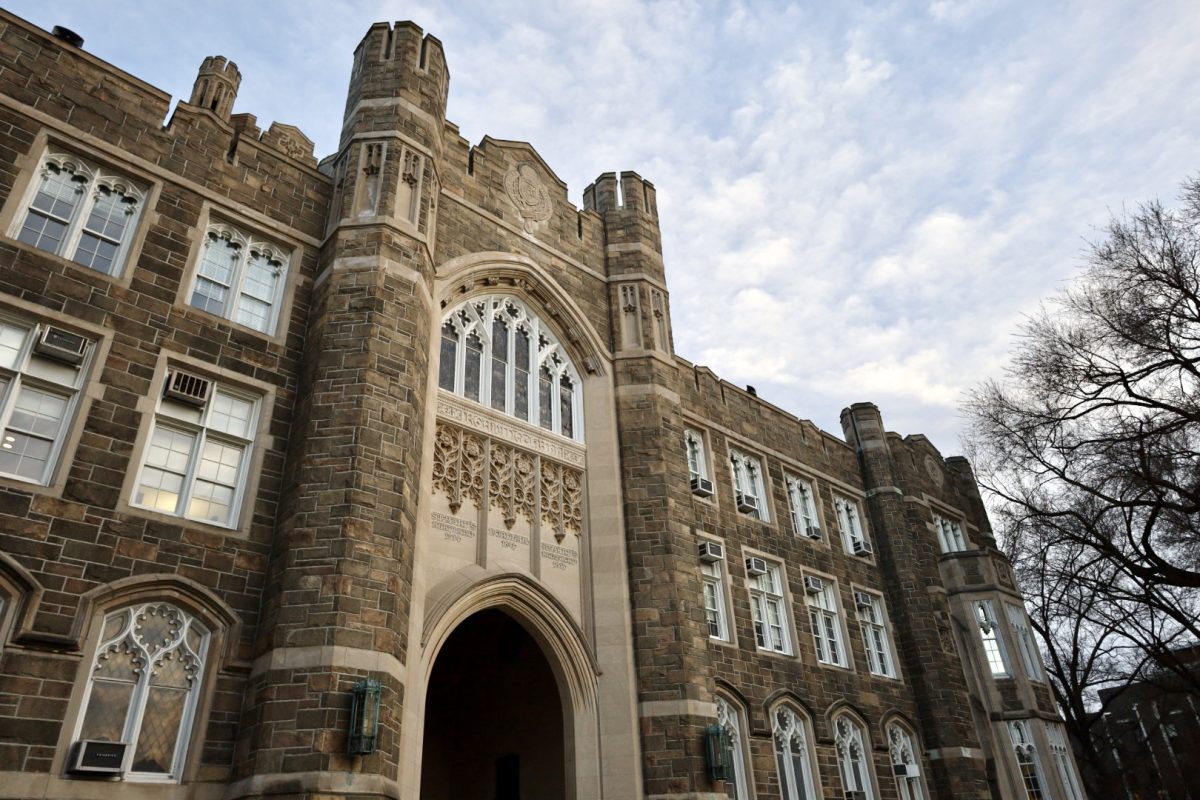Every year without fail, the fall season starts gradually making itself known through the foliage all around us. It becomes a waiting game for the trees to turn into the fall color staples: beautiful hues of reds, oranges and yellows. However, you truly have to keep your eyes peeled. A few years have gone by where I felt like I blinked and missed the transitional period between the vibrant summer greenery and the barrenness of winter.
This is not a risk that anyone should be willing to take in New York City. With numerous swaths of greenery spread all across the city in places such as Central Park or any of the surrounding smaller parks, the turning of the trees is even more beautiful since it is done on such a large scale. A personal goal of mine this year is to take advantage of the turning of the trees and carve out the time to really enjoy the colors. Thankfully, a couple of websites have been created with the sole purpose of assisting New Yorkers with this. These fall foliage websites, although differing in layout and the tools available, essentially serve the same purpose. They both try to estimate the best times to view the autumn leaves in New York.
The official NYC Parks website has a very specific foliage tracker. It first explains the reasons why the colors may appear earlier or later in the season, due to reasons such as air conditions and rainfall. For example, since we have been getting such heavy rainfall lately, there is a chance leaves are prematurely falling off the trees. This could lead to a shorter period of the ideal fall colors. However, the current prediction on the site for the peak fall colors is around the first weekend of November.
It not only gives a general idea of the turning timeline, but it gets as specific as the specific types of trees. So, if any botanists have a favorite tree, this site can give an idea of when that tree will be at its peak colors. For instance, the maple tree is known and loved by most people. The NYC Parks website predicts that the traditional fiery red and orange leaves will make an appearance mid-fall. It also has a link to all the parks in the boroughs and what trees you can expect to see at each. If you want to educate yourself even further on this topic, they have helpful guides that teach you how to recognize different leaves and trees so you can identify them when you see them in real life.
The second website comes from the I Love NY site, which helps travelers plan trips to New York by giving helpful, seasonal information. This website gives weekly status updates on the state of the leaf colors, released every Wednesday afternoon. The most recent report states that parts of the Adirondacks are reaching peak colors. If you scroll underneath the general run-down, you can get an in-depth description of certain areas of the state that list the percentage of changes in the respective regions.
On top of the reports, there is a map of the entire state of New York that is color-coded by how far along the foliage is in the turning process. The more green an area is, the less the leaves are developed. Manhattan is one of the greenest parts of the map. While there are no fully red areas yet, northern New York’s leaves are clearly turning at a faster rate than the urban areas. Along with the color dispersion, there are linked areas on the map that show fun activities you can do in that region of the state. So, if you want to travel to a certain area to see the leaves, chances are there are other activities to do nearby you can discover by using the site’s interactive map.
Both the NYC Parks and I Love NY websites are fabulous places to go when trying to figure out which weekend should be saved for apple picking and leaf viewing. When trying to figure out which is the best to use, I think both are amazing sources of information to use when planning a fall excursion. If you are trying to go farther upstate for fall activities, then I recommend the I Love NY website, since they cover the entire state. However, if you are trying to stay local to Fordham, the NYC Parks site gives great recommendations on the best parks to visit based on what experience you want to get out of seeing the leaves.








































































































































































































